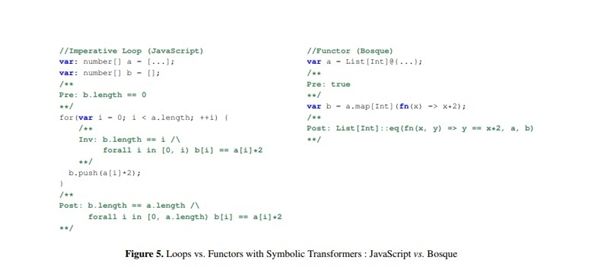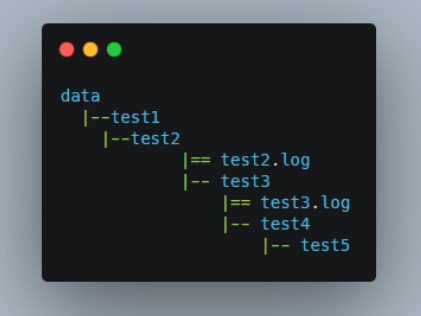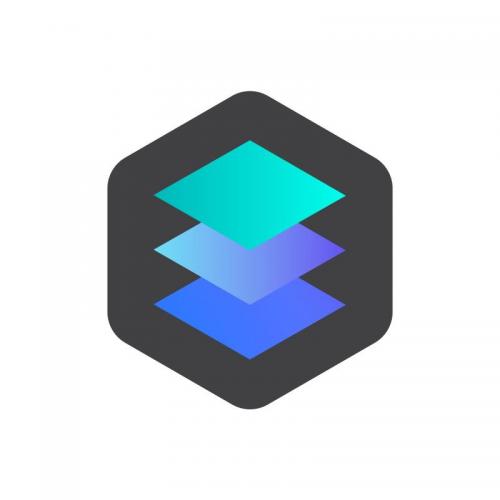深入数据分析:运用Python解析数据
 发布于2024-12-22 阅读(0)
发布于2024-12-22 阅读(0)
扫一扫,手机访问

深入数据分析:
数据探索
python提供了一系列库和模块,如NumPy、pandas和Matplotlib,用于数据探索。这些工具允许您加载、浏览和操作数据,以了解其分布、模式和异常值。例如:
import pandas as pd
import matplotlib.pyplot as plt
# 加载数据
df = pd.read_csv("data.csv")
# 查看数据概览
print(df.head())
# 探索数据的分布
plt.hist(df["column_name"])
plt.show()
数据可视化
将数据可视化是探索其模式和关系的有效方法。Python提供了一系列可视化库,如Matplotlib、Seaborn和Plotly。这些库允许您创建交互式图表和数据仪表盘。例如:
import matplotlib.pyplot as plt
# 创建散点图
plt.scatter(df["feature_1"], df["feature_2"])
plt.xlabel("Feature 1")
plt.ylabel("Feature 2")
plt.show()
特征工程
特征工程是数据分析的重要一步,它包括数据转换、特征选择和特征提取。Python提供了一系列工具来帮助您准备数据以进行建模,例如Scikit-learn。例如:
from sklearn.preprocessing import StandardScaler # 标准化数据 scaler = StandardScaler() df["features"] = scaler.fit_transfORM(df["features"])
机器学习
Python是机器学习的流行语言,提供了一系列库和框架,如Scikit-learn、Tensorflow和Keras。这些库允许您构建、训练和评价机器学习模型。例如:
from sklearn.model_selection import train_test_split from sklearn.linear_model import LoGISticRegression # 将数据划分为训练集和测试集 X_train, X_test, y_train, y_test = train_test_split(df["features"], df["target"], test_size=0.2) # 训练模型 model = LogisticRegression() model.fit(X_train, y_train) # 预测测试集 y_pred = model.predict(X_test)
总结
Python是数据分析的理想选择,提供了一系列功能强大的库和框架。通过利用Python提供的工具和技术,数据分析人员可以有效探索、可视化、准备和分析数据,以获得有意义的见解。
本文转载于:https://www.lsjlt.com/news/565332.html 如有侵犯,请联系admin@zhengruan.com删除
上一篇:iPad无法充电问题解决方法
产品推荐
-

售后无忧
立即购买>- DAEMON Tools Lite 10【序列号终身授权 + 中文版 + Win】
-
¥150.00
office旗舰店
-

售后无忧
立即购买>- DAEMON Tools Ultra 5【序列号终身授权 + 中文版 + Win】
-
¥198.00
office旗舰店
-

售后无忧
立即购买>- DAEMON Tools Pro 8【序列号终身授权 + 中文版 + Win】
-
¥189.00
office旗舰店
-

售后无忧
立即购买>- CorelDRAW X8 简体中文【标准版 + Win】
-
¥1788.00
office旗舰店
-
正版软件
- 深入探讨Java工厂模式的实现原理及应用
- Java工厂模式的原理与应用详解工厂模式是一种常用的设计模式,它用于创建对象,以及将对象的创建过程封装起来。Java中的工厂模式有多种实现方式,其中最常见的有简单工厂模式、工厂方法模式和抽象工厂模式。本文将详细介绍这三种工厂模式的原理和应用,并给出相应的代码示例。一、简单工厂模式简单工厂模式是最简单、最常用的工厂模式。它通过一个工厂类,根据传入的参数来返回不
- 11分钟前 工厂模式 原理解析 应用案例分析 0
-
正版软件
- 基础用法示例:JAVA中的properties
- JAVA中properties基本用法在JAVA开发中,Properties是一种存储配置信息的工具类,它提供了一种将配置信息以键值对(key-value)的形式存储和访问的方式。Properties类继承自Hashtable类,并且只允许键和值都是字符串类型,并且键值对的存储是无序的。Properties类常用于存储应用程序的配置信息,比如数据库连接信息、
- 21分钟前 Java Basic 0
-
正版软件
- 深入了解MyBatis缓存机制:改善数据库操作体验
- MyBatis缓存机制浅析:优化数据库操作体验,需要具体代码示例MyBatis是一种优秀的持久层框架,具有强大的SQL映射能力和灵活的配置方式,使得数据库操作更加简单高效。而其中的缓存机制更是其重要的特性之一,可以有效地提升系统的性能和用户体验。在本文中,我将对MyBatis的缓存机制进行一些简要的分析,并结合具体的代码示例进行说明,希望对各位读者有所帮助。
- 36分钟前 缓存 优化 mybatis 0
-
 正版软件
正版软件
- Java Iterator与Iterable:探秘集合遍历的利器
- 遍历集合元素是Java编程中常见且重要的任务,对于处理数据集合非常关键。Java提供了两种主要的工具来完成此任务:Iterator和Iterable,它们提供了标准化、灵活的方式来遍历集合元素。Iterator:集合元素遍历的利器Iterator是Java集合框架的核心接口之一,提供了遍历集合元素的方法。通过Iterator,我们可以逐个访问集合中的元素。Iterator具有以下主要方法:hasNext():检查是否存在下一个元素。next():返回下一个元素。remove():删除当前元素。Iterab
- 51分钟前 迭代器 可迭代对象 集合遍历 0
-
正版软件
- Golang中最佳实践的map删除指南
- Golang中map删除的最佳实践指南在Go语言中,map是一种非常重要的数据结构,它提供了一种键值对的映射关系。在使用map时,我们经常需要对map进行删除操作以及清空操作。本指南将介绍Golang中map删除操作的最佳实践,并提供具体的代码示例。1.删除map中的指定key在Golang中,要删除map中的指定key,可以使用内置的delete函数。示
- 1小时前 12:20 删除 Golang map 0
最新发布
-
 1
1
-
 2
2
-
3
- Vue组件中如何处理图片预览和缩放问题
- 431天前
-
 4
4
-
 5
5
-
 6
6
- Python实战教程:批量转换多种音乐格式
- 602天前
-
7
- WebSocket协议的优势与劣势分析
- 432天前
-
8
- java动态代理实例代码分析
- 602天前
-
 9
9
- java io文件操作删除文件或文件夹的方法
- 599天前
相关推荐
热门关注
-

- Xshell 6 简体中文
- ¥899.00-¥1149.00
-

- DaVinci Resolve Studio 16 简体中文
- ¥2550.00-¥2550.00
-

- Camtasia 2019 简体中文
- ¥689.00-¥689.00
-

- Luminar 3 简体中文
- ¥288.00-¥288.00
-

- Apowersoft 录屏王 简体中文
- ¥129.00-¥339.00